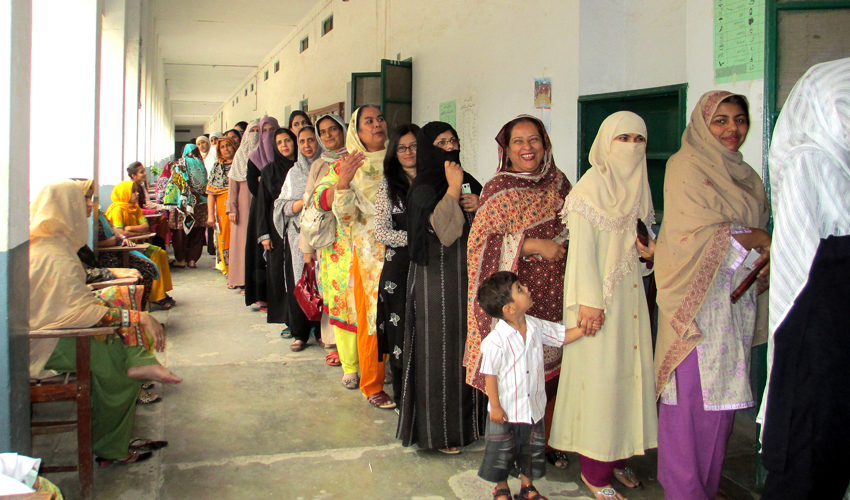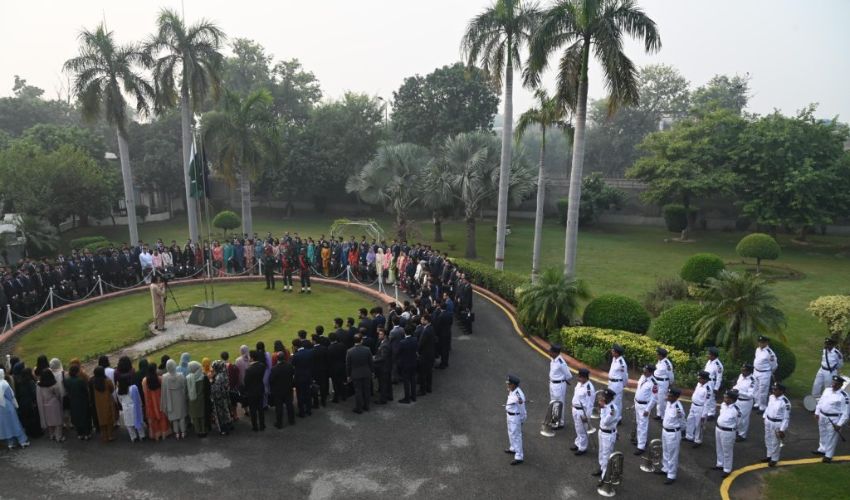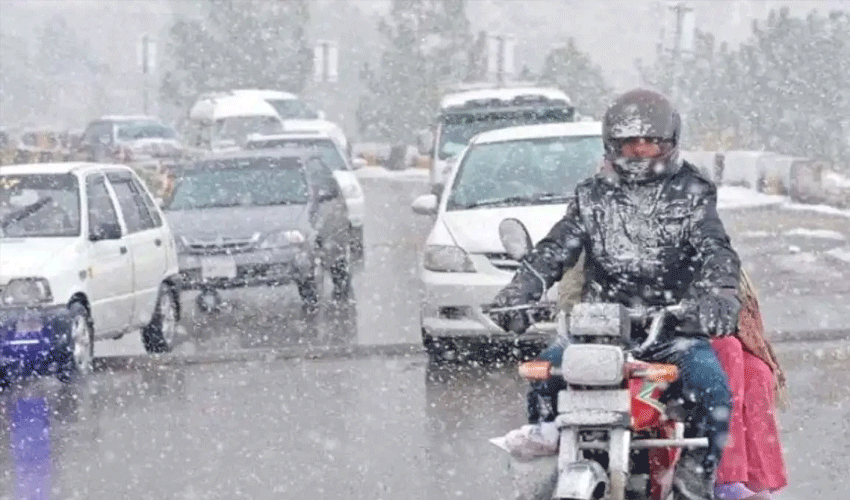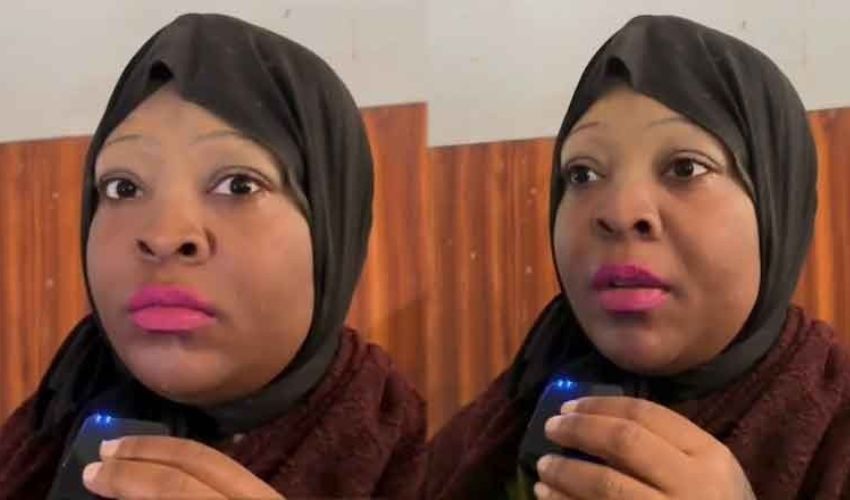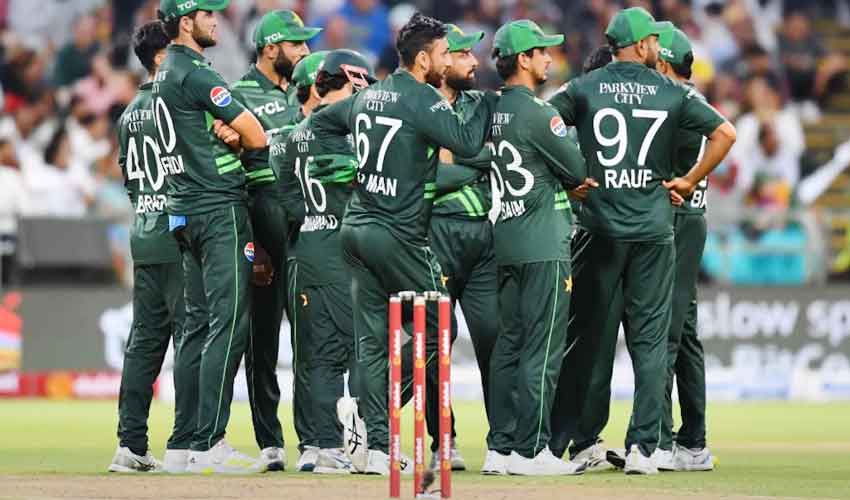With the general elections scheduled for February 8 next year, the Election Commission of Pakistan (ECP) has been actively preparing for the event. Polling stations and lists have been finalized, and the process of printing election materials is in its final stages. However, concerns have arisen regarding the possibility of a delay in the election due to uncertainties surrounding the constitutional period.
Recent rumors circulating about a potential delay in the elections prompted a response from the Election Commission. The Commission has categorically declared these rumors as baseless, dismissing any notions of a delay. A spokesperson for the Election Commission issued a statement refuting the claims and denying any actions or decisions leading to the speculated delay.
Despite the ECP’s denial, questions linger about the origin of these rumors. Some speculate whether the rumors were intentionally generated, considering the swift denial by the Commission. The Commission’s strong stance against the rumors raises questions about any underlying motivations or actions that may have led to the spread of such speculations.
The electoral watchdog has announced significant changes in constituencies for the upcoming general elections. The adjustments include a reduction in the number of seats in the National Assembly from 272 to 266. Consequently, the National Assembly will now comprise 336 members, accounting for women’s reserved seats and minority members. Similarly, the number of constituencies for the four provincial assemblies will increase to 593 from the previous 577.
In a recent release, the Commission shared gender-wise voter statistics, shedding light on the participation of women in the electoral process. Despite women constituting 49.6 percent of Pakistan’s population, according to the 2023 census, their participation in elections remains around 20 percent. The total number of registered voters surpasses 12.69 million, with 5.84 million female voters and 6.85 million male voters.
The data highlights concerns over the turnout of women voters, particularly in the 2018 elections in Khyber Pakhtunkhwa. In some constituencies, including Shangla, orders were issued to re-run the election if the turnout of women fell below 10 percent. Addressing these concerns is crucial for ensuring fair and representative elections, emphasizing the need for increased efforts to encourage women’s participation in the democratic process.
Between 2018 and 2023, the total count of female voters in Pakistan witnessed a commendable rise from 46.7 million to 58.5 million. This upward trend demonstrates efforts made toward gender equality in civic engagement. Yet, disparities across regions persist. The province of Punjab consistently leads in female voter registration, followed by Sindh and Khyber Pakhtunkhwa (KP). However, Balochistan and Islamabad portray comparatively lower numbers, indicative of regional variations in female voter engagement.
Examining the provincial breakdown reveals distinct variations in female voter participation. Punjab consistently leads with the highest number of registered female voters, followed by Sindh, Khyber Pakhtunkhwa (KP), Balochistan, Islamabad, and the Federally Administered Tribal Areas (FATA). While all provinces experienced growth, disparities among them underscore the need for tailored strategies to enhance female voter registration in specific regions.
Balochistan:
In 2018, Balochistan had 1,813,241 female voters, and by 2023, the number increased to 2,316,804. Despite the increase, Balochistan still has the lowest number of female voters among all provinces.
KP (Khyber Pakhtunkhwa):
Khyber Pakhtunkhwa witnessed a rise in female voters from 6,609,541 in 2018 to 9,861,698 in 2023. The increase is commendable, reflecting a positive trend in female voter registration.
Punjab:
Punjab consistently had the highest number of female voters, with a steady increase from 26,992,374 in 2018 to 33,590,515 in 2023.
Sindh:
Sindh saw an increase in female voters from 9,954,320 in 2018 to 12,208,439 in 2023. The rise indicates progress, but challenges persist, especially in rural areas.
FATA:
FATA's had been merged in Khyber Pakhtunkhwa in 2019, 2020, and 2021, emphasizing the need for better documentation.
Islamabad:
Islamabad’s female voter count rose from 357,951 in 2018 to 494,558 in 2023.
Challenges Faced by Female Voters:
Several issues contribute to the underrepresentation of women in the voting populace in Pakistan. Societal norms and cultural barriers play a pivotal role, constraining women from participating in political activities. Traditional gender roles often confine women to domestic spheres, limiting their exposure to civic engagement. Furthermore, conservative societal norms prevalent in certain regions discourage women from asserting their political agency, leading to a significant gender gap in voter registration.
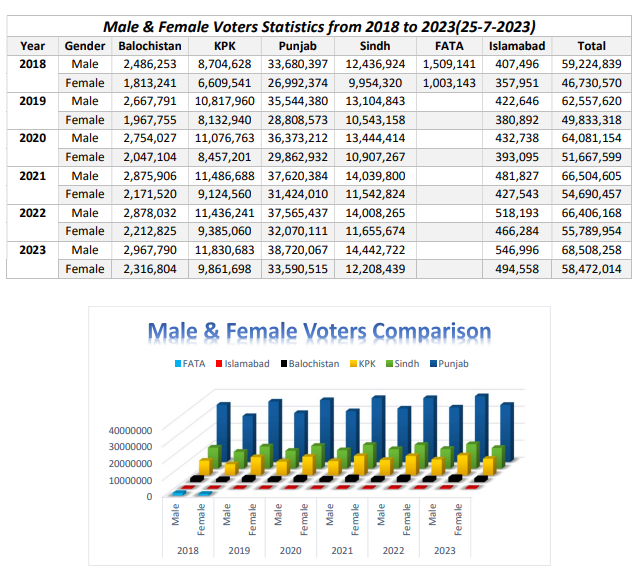
Sociocultural Barriers:
Deep-rooted sociocultural norms often restrict women’s mobility and discourage their participation in public affairs, including voting.
Lack of Education:
The correlation between education and female voter registration is evident. Areas with lower female literacy rates tend to have fewer registered female voters.
Documentation Issues:
Incomplete or inaccurate documentation processes in certain regions, such as FATA, contribute to the absence of female voter data for specific years.
Security Concerns:
Women in conflict-prone areas face security challenges, hindering their ability to freely exercise their voting rights.
Political Empowerment:
Limited representation of women in political leadership roles hampers efforts to address women’s issues effectively.
Why the Disparity in Female and Male Voters?
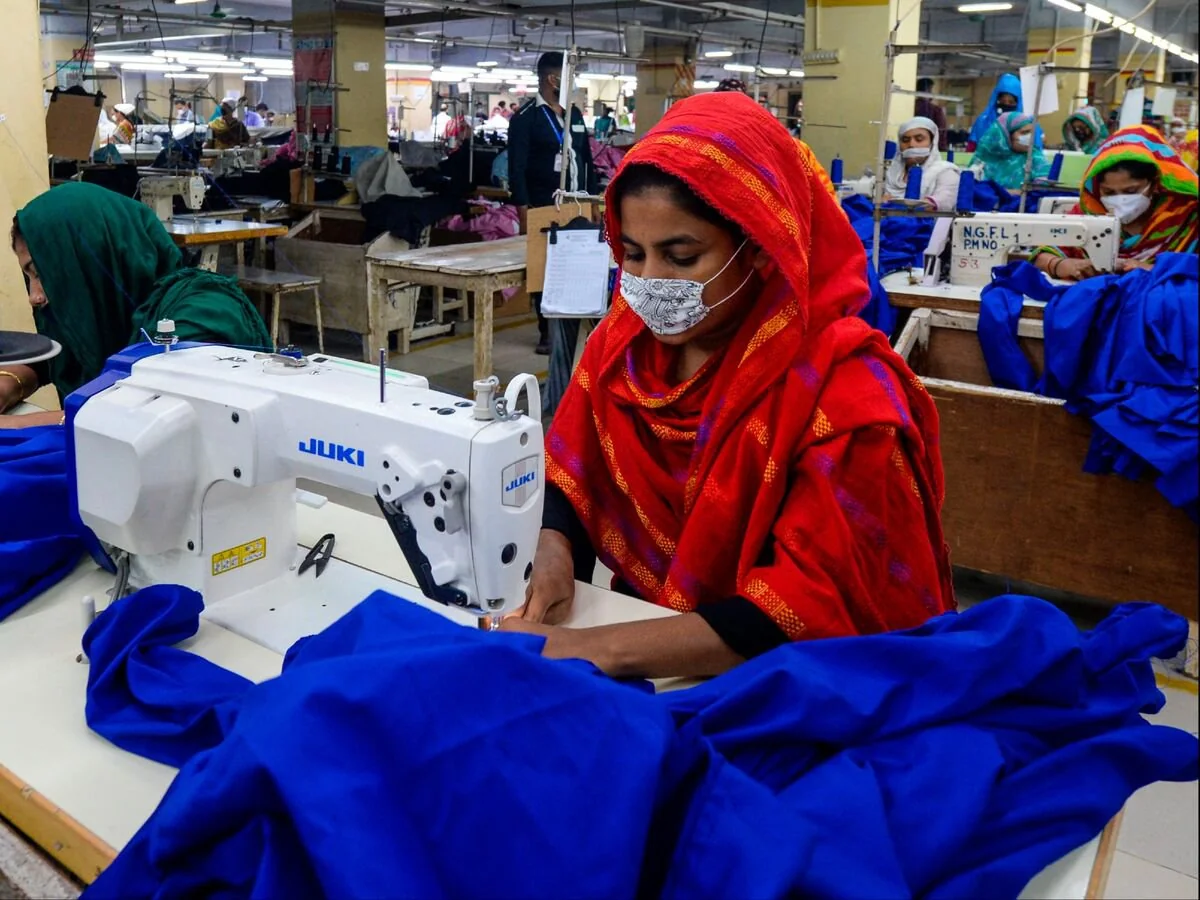
Cultural Norms:
Prevailing cultural norms often prioritize male participation in public affairs, relegating women to traditional roles.
Limited Awareness:
Lack of awareness campaigns targeting women in remote areas contributes to their exclusion from the electoral process.
Political Apathy:
Historically, women have faced barriers in accessing information about political processes, leading to disengagement from the political sphere.
Institutional Challenges:
Inadequate facilities, such as separate polling stations for women, can discourage their participation, especially in conservative areas.
Economic Dependency:
Economic dependency on male family members may limit women’s autonomy and discourage them from participating in the political process.
Empowering Pakistani Women in Politics:
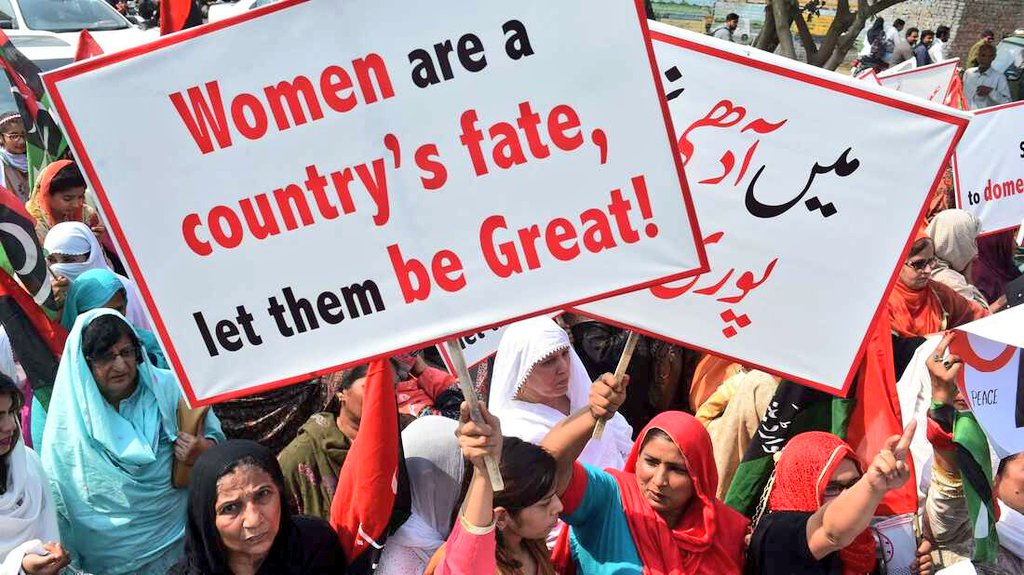
Education Initiatives:
Implementing educational programs that specifically target women, promoting literacy and political awareness.
Community Outreach:
Conducting community-based awareness campaigns to dispel myths and encourage women to participate in elections.
Political Representation:
Actively promoting and ensuring increased representation of women in political leadership positions to address women’s issues.
Security Measures:
Implementing security measures in conflict-prone areas to ensure the safety of female voters and poll workers.
Technological Solutions:
Leveraging technology to facilitate voter registration and provide information to women in remote areas.
Legal Reforms:
Enacting and enforcing laws that protect women’s rights and ensure their equal participation in political processes.
While the data indicates a positive trajectory in the number of female voters in Pakistan, challenges persist in achieving equal participation. Addressing sociocultural norms, improving educational opportunities, and enhancing political representation are crucial steps toward empowering women in the electoral process. As Pakistan strives for a more inclusive democracy, it is essential to implement targeted strategies that break down barriers and create an environment where every woman can exercise her right to vote.





